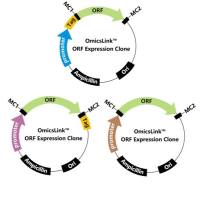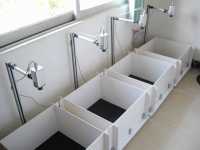The basic principles underlying field potential generation and the application of current source density (CSD) analysis are outlined in this chapter. Currents in the brain are mainly derived from synaptic or action currents flowing in a closed loop, traversing both intracellular and extracellular media. Extracellular currents generate the field potentials, with a spatial organization of an open or a closed field that may be standing or traveling. CSD analysis is the method used to derive the macroscopic sources and sinks that generate a potential field. Assuming that the medium is homogeneous and resistive, CSD can be approximated by a second-order derivative of the field potential. When the activation is spatially extensive, the current may essentially flow in one or two dimensions, and the CSD may be approximated using one- or two-dimensional mapping. The field potentials should first be mapped regularly at an adequate interval, over an appropriate spatial extent. A multichannel electrode array offers accurate sampling intervals, and the field potentials can be sampled simultaneously in one or two dimensions. Examples of potential fields and CSDs in a layered cortical structure (hippocampal CA1 area) are illustrated, with different fields generated by basal or apical dendritic excitation, proximal and distal dendritic excitation, proximal inhibition, and synchronous action potentials (population spikes). Generation of field potentials from sinks and sources of neuronal cables, arranged in a particular geometry, may be used to predict the CSD profiles. Successful application of CSD analysis would facilitate the understanding of neuronal dynamics, synaptic transmission, and plasticity in cortical structures.






